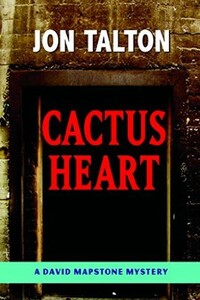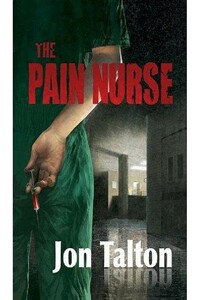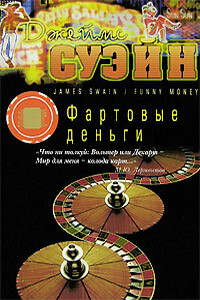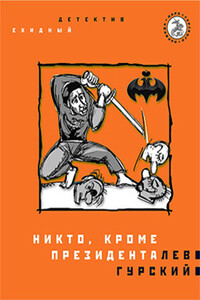South Phoenix Rules | страница 17
Peralta nodded and went back to the corpse.
I heard one young uniform whisper to another: “Jax in the Box. May I take your order?” Another: “It gives a whole new meaning to giving head.”
Peralta’s voice overrode them. “They tortured him with the drill…” He pointed to the dark craters on his legs and the top of one hand, then he stepped lightly in a counter-clockwise circle, his eyes scanning, his head momentarily shielded by his back and broad shoulders. “Slit open his scrotum. That was probably late in the game.”
He turned back to the rest of us and pointed. “See his left hand? That’s from being dipped in boiling water repeatedly. Make sure crime scene gets that shot.”
Vare just had to stand there and take it. Her tight frame was almost humming with tension. I wondered if the black pants suit would burst into flames. I loved it. She said, “Yes, Sheriff.”
Emerson said there is no history, only biography. If that’s true, Mike Peralta encapsulated much of what was worth knowing about the best of law enforcement in Phoenix, not to mention more of my life than I cared to dwell on at that moment. I’d first met him when he was a trainer at the academy, then he had broken me in as my first partner.
We remained friends for the years I lived away from Phoenix, teaching in Ohio and San Diego. He never stopped saying that it was a mistake for me to be anything but a cop, and when I came home after my first marriage broke up he gave me a job. A pile of old cases-clean them up, he said. So I did, using the historian’s techniques married to my cop knowledge. It became a full-time job, working the crimes that ran from the 1960s all the way back to statehood. I didn’t fool myself: It had been good publicity for the sheriff to have an egghead on staff. I also solved some major cases. The old ID card hung familiarly from my pocket.
“La Fam,” I said. “I didn’t think they had a big presence here.”
I heard the naiveté in my voice even before I finished the sentence. La Familia was one of the most notorious gangs in Mexico and Southern California. Its signature execution was beheading. I cleared my throat. “But it wouldn’t be surprising to see them expanding with all the destabilization caused by the recession.”
Peralta’s eyes fixed on me. They said, shut up. I looked down at the blood spatter on the floor. Gangs were nothing new to Phoenix. Contrary to the local feel-good spin, Phoenix had been a Mafia hangout for decades. Some old cops told me that it had more mobsters per capita than New York City in the 1950s. It was close to the mob’s operations in Vegas, close to the border, easy to be anonymous. They hung out at places like the Blue Grotto, the Clown’s Den, Durant’s, Rocky’s Hideaway, and the Ivanhoe. Old Phoenix had been a paradise with snakes, indeed. It’s what kept my nostalgia for what had been lost from slipping into the lie of sentimentality. But I admitted to myself that I was way behind on the gangs of today, aside from knowing they were large, sophisticated, and deadly. That knowledge rarely penetrated my office in the old courthouse, where the crimes were as old as the architecture around me and where Peralta deliberately kept me segregated from the rest of the Sheriff’s Office.




